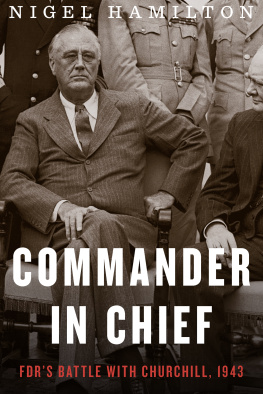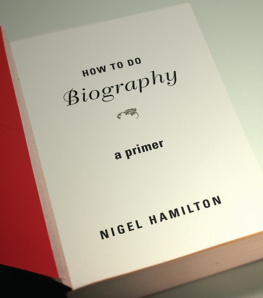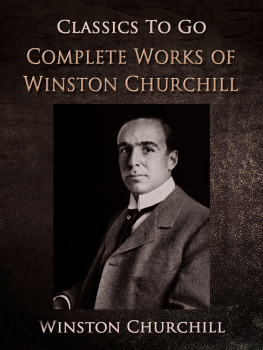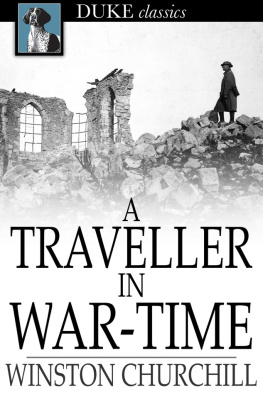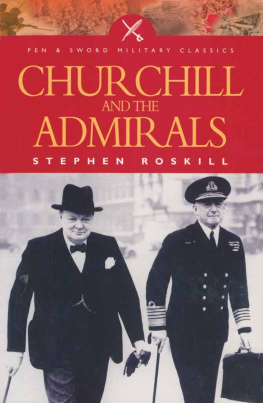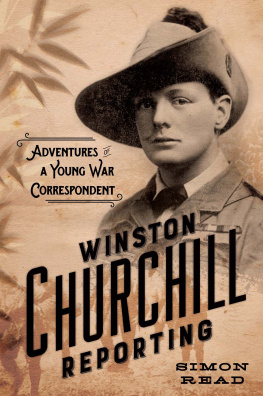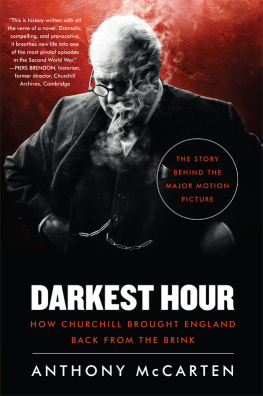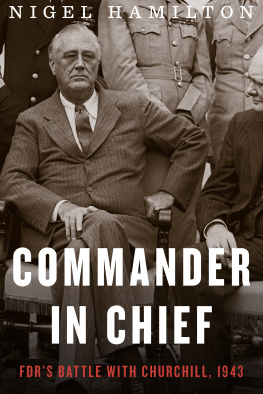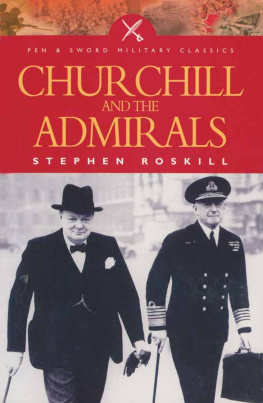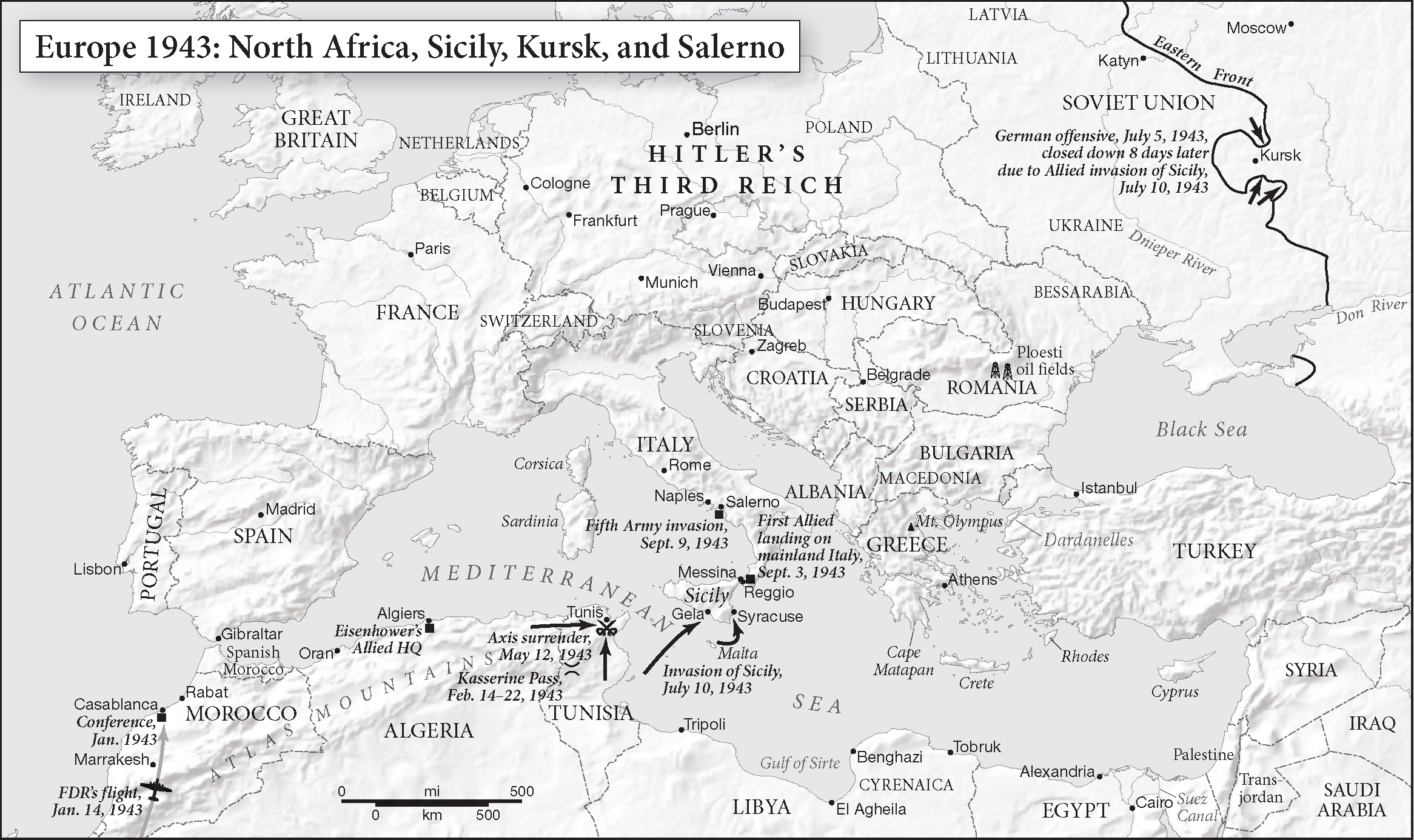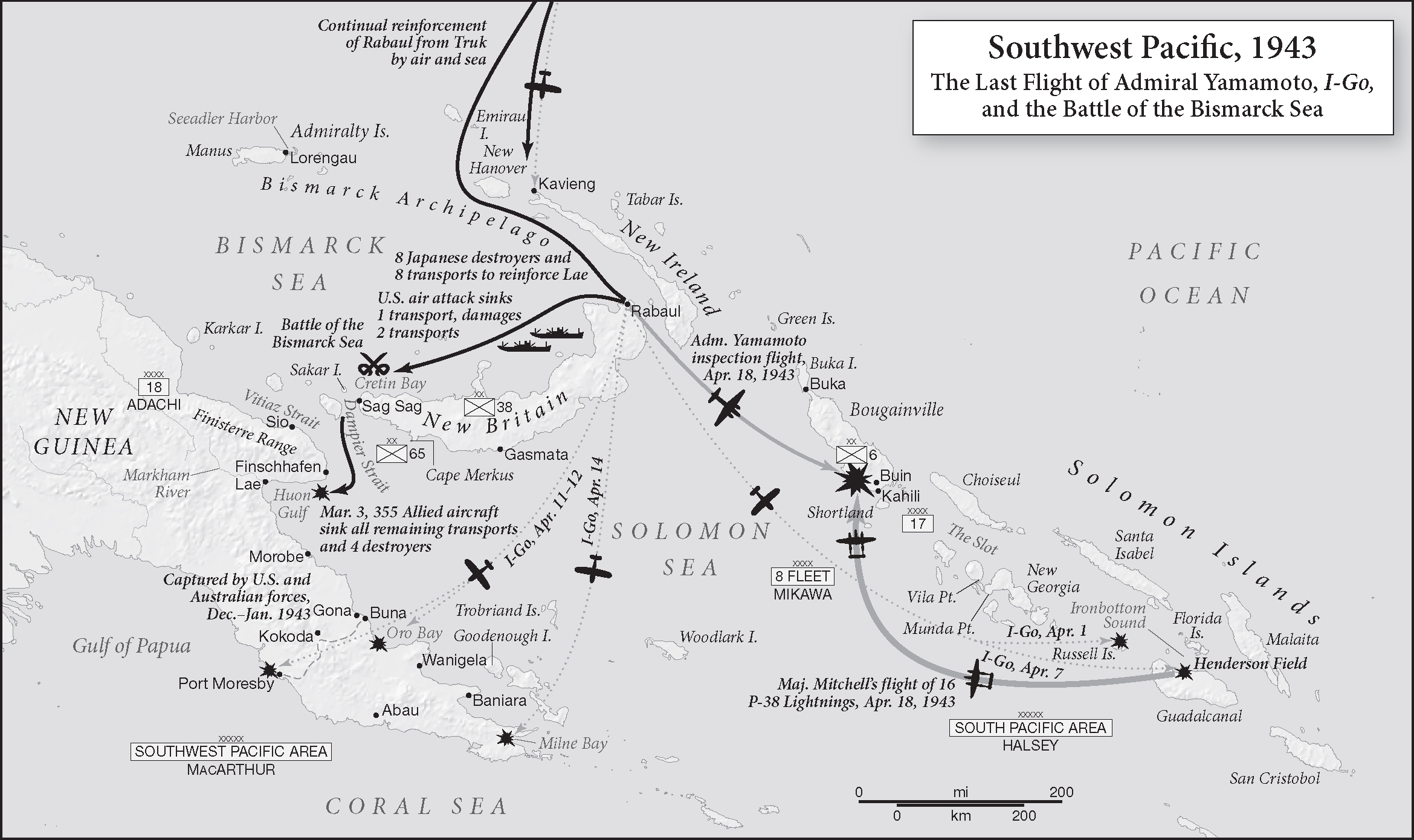Copyright 2016 by Nigel Hamilton
All rights reserved
For information about permission to reproduce selections from this book, write to or to Permissions, Houghton Mifflin Harcourt Publishing Company, 3 Park Avenue, 19th Floor, New York, New York 10016.
www.hmhco.com
Library of Congress Cataloging-in-Publication Data
Names: Hamilton, Nigel.
Title: Commander in chief : FDRs battle with Churchill, 1943 / Nigel Hamilton.
Description: Houghton Mifflin Harcourt : Boston, 2016. Includes bibliographical references and index.
Identifiers: LCCN 2015037253
ISBN 9780544279117 (hardcover)
ISBN 9780544277441 (ebook)
Subjects: LCSH: World War, 19391945United States. | Roosevelt, Franklin D. (Franklin Delano), 18821945 | Churchill, Winston, 18741965. | World War, 19391945Diplomatic history. | Command of troopsCase studies. | World War, 19391945Campaigns. | Great BritainForeign relationsUnited States. | United StatesForeign relationsGreat Britain.
Classification: LCC D 753 . H 249 2016 | DDC 940.53/2273dc23
LC record available at http://lccn.loc.gov/2015037253
v1.0516
Maps by Mapping Specialists, Ltd.
Cover design by Brian Moore
Cover photograph Hulton Archive/Getty Images
The author is grateful for permission to quote from the following: Diary of Lord Halifax, 19411942, reprinted by permission of the Borthwick Institute for Archives, University of York. Letters and diaries of Margaret Lynch Suckley, reprinted by permission of the Wilderstein Preservation, Rhinebeck, N.Y.
For Lady Ray
Prologue
I N THE MANTLE OF COMMAND: FDR AT WAR, 19411942, I described how President Franklin Roosevelt first donned the cloak of commander in chief of the Armed Forces of the United States in wara world war stretching from disaster at Pearl Harbor to his great pet scheme, Operation Torch: the triumphant Allied invasion of North Africa in November 1942, which stunned Hitler and signified one of the most extraordinary turnabouts in military history.
Commander in Chief: FDR at War, 1943 addresses the next chapter of President Roosevelts war service: a year in which, moving to the offensive, the President had not only to direct the efforts of his generals but keep Prime Minister Winston Churchill, his active and ardent lieutenant, in line. Roosevelts struggle to keep his U.S. subordinates on track toward victory, without incurring the terrible casualties that would have greeted their military plans and timetable, proved mercifully successful that fateful year, but his assumption that Churchill would abide by the strategic agreements they had made proved illusory. Thus, although Roosevelts patient, step-by-step direction of the war led to historic victories of the Western Allies in Tunisia in the spring of 1943, and again in Sicily in August of that yearresults that assured the President a cross-Channel assault would be decisive when launched, in the spring of 1944the British prime minister did not agree. The Presidents resultant battle royal with Churchillwho was in essence commander in chief of all British Empire forcesbecame one of the most contentious strategic debates in the history of warfare.
This dramatic, repeated struggle forms the centerpiece or core of this volume, for it is not too bold to say that upon its outcome rested the outcome of World War II, and thus the future of humanity. The struggle took most of the yeardas verlorene Jahr, as German military historians would call it. Had Churchill prevailed in his preferred strategy, the war might well have been lost for the Allies, at least in terms of the defeat of Hitler. Even though the President won out over the impetuous, ever-evasive British prime minister, the fallout from Churchills obstinacy and military mistakes would be profound. Not only was American trust in British sincerity severely damaged, but the need to keep the Prime Minister sweet, and loyal to the agreements he had only reluctantly made for Operation Overlord, led to dangerously naive plans for the Allied invasion of mainland Italy in September 1943plans involving an airborne landing on Rome, and a gravely compromised amphibious landing in the Gulf of Salerno, south of Naples: Avalanche.
The reality was, Winston Churchill had remained a Victorian not only in his colonial-imperialist mindset, as President Roosevelt often remarked, but in his understanding of modern warand the Wehrmacht. He grievously underestimated the Wehrmachts determination to hold fast to the last man at the very extremity of the European mainland, giving rise to fantasies of easy Allied victory, and a possible gateway to central Europe that would make Overlord unnecessary.
Fortunately, the Presidents absolute determination in 1943 to prepare his armies for modern combat and to then stand by the Overlord assault as the decisive battle of the Western world rendered Churchills opposition powerless. The Prime Ministers strategic blindness would prove tragically expensive in human life, but mercifully it did not lose the war for the Allies. The President may justly be said to have saved civilizationbut it was a near-run thing.
To a large extent the facts of this dark saga are well known to military historians. However, because President Roosevelt began to assemble
Aided by his syndicate of researchers, civil servants, and historian-aides, Churchill was able to have his day in literary court, in his six-volume opus, The Second World War, which helped win him the Nobel Prize for Literature in 1953a work that, as Professor David Reynolds has shown, was often economical with the truth. For the memory of President Rooseveltwhose funeral Churchill had not even attendedit was, however, near-devastating, since its magisterial narrative placed Churchill at the center of the wars direction and President Roosevelt very much at the periphery.
In many ways, then, this book and its predecessor are a counternarrative, or corrective: my attempt to tell the story of Roosevelts exercise of high command from hisnot Churchillsperspective.
In my first volume I selected fourteen episodes, centering on President Roosevelts great pet scheme: his Torch invasion of Northwest Africa, and the near mutiny of his generals to stop this and plump instead for a suicidal invasion of northern France in 1942. In this new volume I have selected twelve representative episodes of 1943, beginning with the Casablanca Conference in January and ending with the invasion of Salerno in September. While this has entailed omitting many important events and aspects of Roosevelts presidency as U.S. commander in chiefsome of which, like the development of the atom bomb, progress in the Pacific, and questions of saving the Jews in Europe, will be addressed in a final volumethey continue to give us a clearer picture of how President Roosevelt operated when wearing, so to speak, his military mantle in World War II. By following him closely in his study, in the Oval Office and the Map Room at the White House, at his camp at Shangri-la and his family home at Hyde Park; on his historic trip abroad to Africa (the first president ever to fly in office, and the first to inspect troops on the battlefield overseas); and on his long inspection tour of military installations and training camps in the United States (during which he authorized the secret air ambush of Admiral Yamamoto), we are able to see him at last as we have previously been able to see so many of his subordinate military officers and officials of World War IIthat is to say, from
Next page
